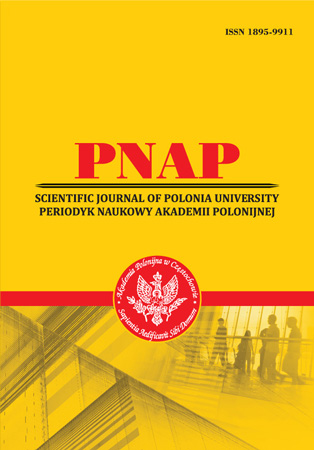IDENTIFYING MISLEADING INFORMATION AND TYPES OF FAKES
Abstract
The aim of this paper is to prove that people in an age of new media formats and media technologies should be media literate persons. The authors give the definitions of “media and information literacy” (knowledge, skills and abilities to effectively interact with the media and other information services and develop critical thinking) and “digital literacy” (the ability to use digital technologies to discover, evaluate, use, and create information). Different types of misleading information, such as: misinformation, disinformation and malinformation are analyzed in this paper. We want our students to be aware of such misleading information, to have the ability to use information from a variety of sources and effectively solve problems in an electronic environment. It is rather important to understand the varied kinds of the misleading information: satire or parody, false connection, misleading content, false context, imposter content, manipulated content and fabricated content which can be less or more harmful. The authors give examples of five fact-checking rules which are not no universal but can be basic principles.
References
2. Iona University. Retrieved from: https://guides.iona.edu/researchessentials/disinformation (accessed 9-10 September 2023).
3. Law N., Woo D., J. de la Torre, Wong G. (2018). A Global Framework of Reference on Digital Literacy Skills for Indicator 4.4.2. UNESCO Institute for Statistics. Information Paper No. 51 Montreal, Quebec H3C 3J7 Canada. Retrieved from: https://uis.unesco.org/sites/default/ files/documents/ip51-global-framework-reference-digital-literacy-skills-2018-en.pdf (accessed 9-10 September 2023).
4. Oxford Reference. Retrieved from: https://www.oxfordreference.com/display/10.1093/oi/ authority.20110803100146592 (accessed 9-10 September 2023).
5. UNESCO (2018), ‘Journalism, ‘Fake News’ and Disinformation: Handbook for Journalism Education and Training (UNESCO Handbook) (accessed 9-10 September 2023).
6. Vikipediia. Retrieved from: https://uk.wikipedia.org/
Abstract views: 492 PDF Downloads: 458







